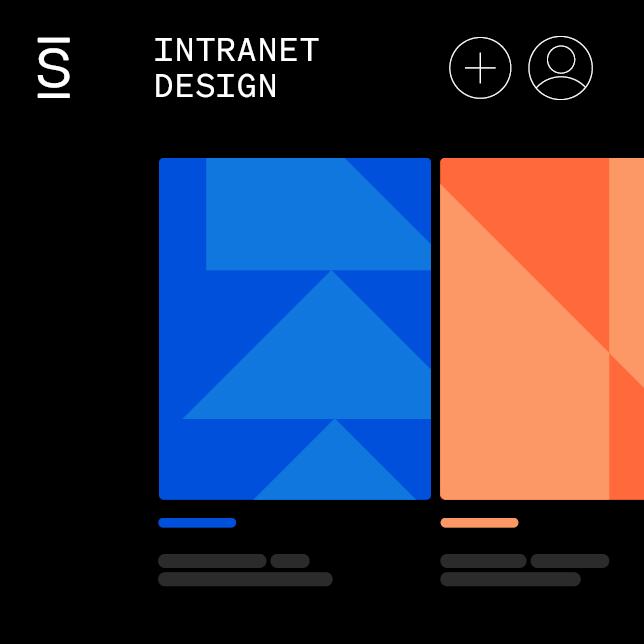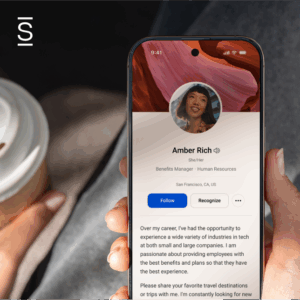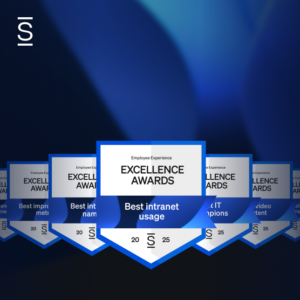Editor’s note: Tech decisions can set the tone for how employees experience belonging, especially in distributed workforces. Successful leaders often cultivate company culture through digital workplace experiences.

CIOs enjoy an outsized role influencing company culture, even before employees or customers are onboarded.
“I hold the keys to the experience that every employee has,” said Colleen Berube, CIO and SVP Operations at Zendesk.
From first interactions while applying to a position online, to onboarding and interacting with company devices and systems, the CIO can play a pervasive role in impacting company experience, said Berube.
CIOs are now exposed to more parts of the organization — IT departments support everything from staff onboarding to the collaboration tools that effectively became the company headquarters. From their seat, they can drive company adoption of collaboration, automation and data analytics.
But strategy ensures that influence does not go to waste and sets the company up for more efficiency. A CIO can become a keeper of the workplace experience, a task that can lead to a more engaged workforce and, thus, better customer satisfaction and business outcomes.
Tech that drives impact
Businesses seek the competitive advantage and potential performance upside data can deliver. But simply deploying technologies can’t make a company embrace a data-driven mentality.
“We can help shape the culture by being more than just technology owners and implementers for the company,” said Ronda Cilsick, group VP and CIO at Deltek. Instead, CIOs can be the thought-leaders and influencers for the business around different tools, “especially in the areas of automation, collaboration and data analytics.”
For example, CIOs can promote a data-driven culture — through dashboards and other analytics tools — to better track the impact of business decisions. Leaders can help set a foundation for a companywide approach to data culture.
Taking a page from technology best practices, CIOs can help infuse other business units with the IT ethos of iteration, testing and learning, said Stephanie Woerner, research scientist at the MIT Sloan Center for Information Systems Research.
“They’re really embodying what a digital culture starts to look like,” said Woerner.
No matter the tool — collaboration platforms, intranets, knowledge bases — the imperative of the CIO is to allow employees to have easy access to what they need in order to be efficient.
For Zendesk, plans to rollout an intranet to centralize employee resources were accelerated.
“It’s been super welcome by the employees,” said Berube. “They know where to go when they want to find something, [it’s] much easier to consume the information from that single point rather than fishing all over the place.”
CIOs set the tone
CIOs set a brisk pace while providing IT solutions during the pandemic, from rapid support for remote work tasks to urgent client requests all across industries. But after a grueling year, employees crave balance.
After in-person work became a hazard in the pandemic, software company AvidXchange mapped out in-person interactions, and set out to create virtual replicas of the connections needed to drive work forward, said Angelic Gibson, CIO at AvidXchange.
From creative sessions to customer summits, tools such as digital whiteboarding platforms or virtual breakout rooms help uphold interactions under a distributed workforce model. Her team also put in place blocks of time designed to balance out the amount of screen time that makes up an employee’s day.
With collaboration tools powering operations, it’s critical to set expectations around responsiveness, said Ajay Sabhlok, CIO and chief data officer at Rubrik. He models the behavior by being transparent about his own time offline.
“People respect time zones,” said Sabhlok. “What typically happens is that these tools give you the ability to set up statuses where you can let people know that you are offline at the moment but you will respond at the earliest possible [time].”
The company aims to strike a balance where there is communication about offline periods, but workers respond within a reasonable amount of time so work can progress without interruptions.
With technology as guidance, and a strategy to steer it, CIOs can play essential advisor roles as organizations shape their culture.
“The CIO could be really important, both in terms of having the whole IT unit embody habits that are going to be necessary for the entire organization to have, and then also working on the infrastructure to make sure that they actually can do the work in the way that you want it to be done,” said Woerner.
This article was written by Roberto Torres from CIO Dive and was legally licensed through the Industry Dive Content Marketplace. Please direct all licensing questions to legal@industrydive.com.
GET SIMPPLR
Connect with Simpplr
Dont forget to share this blog!

















